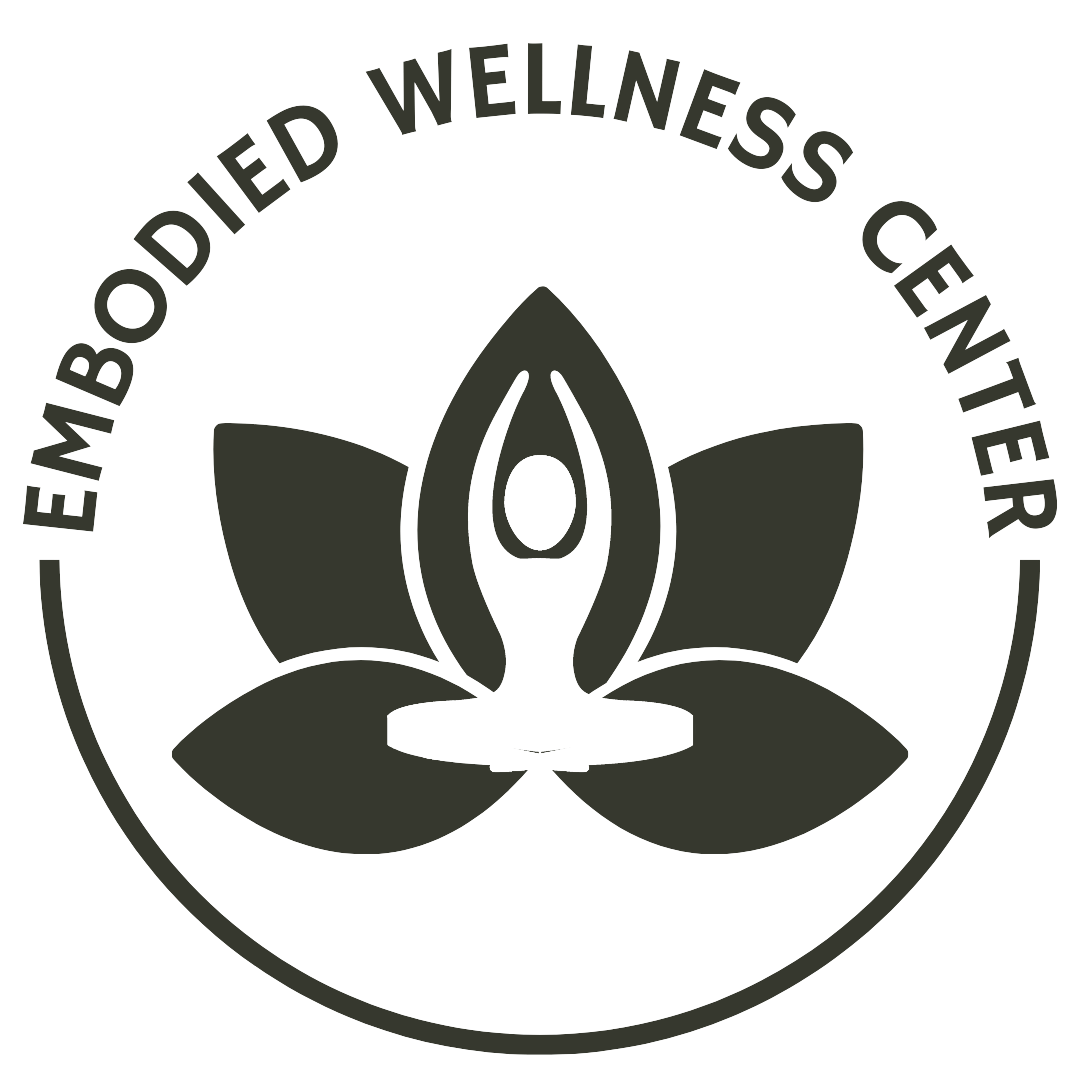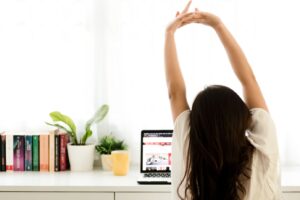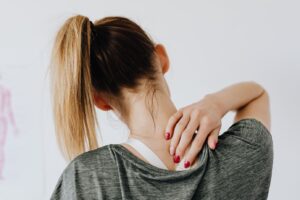Yoga for Anxiety: 7 Poses to Find Your Calm

Originating in ancient India, yoga is a holistic practice encompassing physical, mental, and spiritual elements. It combines physical postures (asanas), controlled breathing (pranayama), and meditation techniques. The surge in yoga’s popularity can be attributed to its profound ability to alleviate both mental and physical distress, making it a great anxiety relief tool.
Anxiety is just as physical as it is mental. We experience anxiety mentally in the form of worry or rumination but also physically in the form of persistent muscle tension. Yoga can help focus the mind, release tension in the body, and promote a calming effect.
The following yoga flow is a valuable companion for anxious days. Yoga sequences that start with dynamic movements like sun salutations can help discharge pent-up energy and release stress. Then, slower movements like folds and hip openers allow for deep relaxation. Stay in each pose for 3-5 breaths.
7 Yoga Poses to Reduce Anxiety
1
Standing Forward Fold (Uttanasana)

Folds, like Standing Forward Fold, help to naturally expand the exhale and activate the parasympathetic nervous system, otherwise known as our relaxation response. The act of folding forward in this pose encourages a sense of surrender and letting go.
Start by standing tall. Take a deep breath, and fold your body forward on your exhale, reaching for your toes. Imagine physical and mental tension dripping off of your spine as you allow gravity to pull you down.
2
Warrior II Pose (Virabhadrasana II)

Warrior II Pose is often featured in sun salutations, which serve to channel and release built-up energy, alleviating stress. This pose also fosters a connection with your inner and outer strength, empowering you from within.
To practice Warrior II pose, find a wide stance with your feet facing the side of your mat. Point your front toe perpendicular to the front edge of your mat and your back foot parallel to the back edge of your mat. Bring your arms out in a “T” shape. Paying close attention to all the muscles in your body that are working hard to sustain you here.
3
Camel Pose (Ustrasana)

Camel pose is a heart opener that helps expand your chest and lungs, allowing you to take in more oxygen. Many people who struggle with chronic anxiety experience tightness in their chests, so Camel Pose can help create more space in this area to breathe deeper and release stress.
To practice Camel Pose, stand on your knees. On your exhale, arch your back, placing your hands on your lower back or reaching down for your heels.
4
Tree Pose (Vrksasana)

Balancing poses like Tree Pose create mental focus, free from worries. You cannot find your physical balance by worrying about that nasty work e-mail you got earlier, all the laundry you need to do later, or how busy your work schedule looks tomorrow, so balancing poses force you to focus.
To practice Tree Pose, stand tall on one leg and place the sole of the other foot against your inner thigh or calf. Imagine your body as a sturdy tree, unaffected by the storm of anxiety. Breathe and find balance.
5
Half Pigeon Pose (Ardha Kapotasana)

Half Pigeon is a restorative hip opener that allows us to surrender and let gravity do the work, enabling us to release all unnecessary tension. We hold onto a lot in the hips, both physically and mentally. Physically, the hips can feel tight and tense if we sit a lot throughout the day. Mentally, the hips are where we store a lot of emotions.
To practice Half Pigeon Pose, bend one leg and extend the other leg behind you. Bring the front ankle towards the opposite arm and the front knee toward the same arm. You can keep your spine lifted, or, to make this more restorative, try folding forward, resting your head on a pillow, block, or stacked fists.
6
Plow Pose (Halasana)

Like Standing Forward Fold, Plow Pose is a fold, but it is also an inversion. Inversions reverse the blood flow in the body, redirecting blood and oxygen flow to the brain. Additionally, inversions help stimulate the parasympathetic nervous system, creating a calming effect. Plow Pose can help reduce neck and shoulder tension, which are often hot spots for anxiety.
To get into Plow Pose, start lying down on your back. Lift your legs overhead and extend them behind you, resting them on the ground, a pillow, or a block.
7
Legs up the Wall Pose (Viparita Karani)

Legs up the Wall is a deeply relaxing fold and inversion.
To practice Legs up the Wall pose, lie near a wall and extend your legs up, softening your knees and ankles. For additional lower back support, you can place a pillow or blanket under your lower back or lie down further away from the wall. Stay here for 5-10 minutes. Feel the soothing sensation as blood flows away from your legs and towards your heart. This pose is pure relaxation, ideal for unwinding and letting go of stress.
If you’re curious to learn more about yoga or how to integrate yoga into traditional psychotherapy, read more about yoga therapy, or contact us to get started.
*Disclaimer: The content posted on this website is for marketing and educational purposes only. It is not, nor is it intended to be, psychotherapy or a replacement for mental health treatment. Please seek the advice of your licensed medical or mental health professional, and do not avoid seeking treatment based on anything read on this website.



